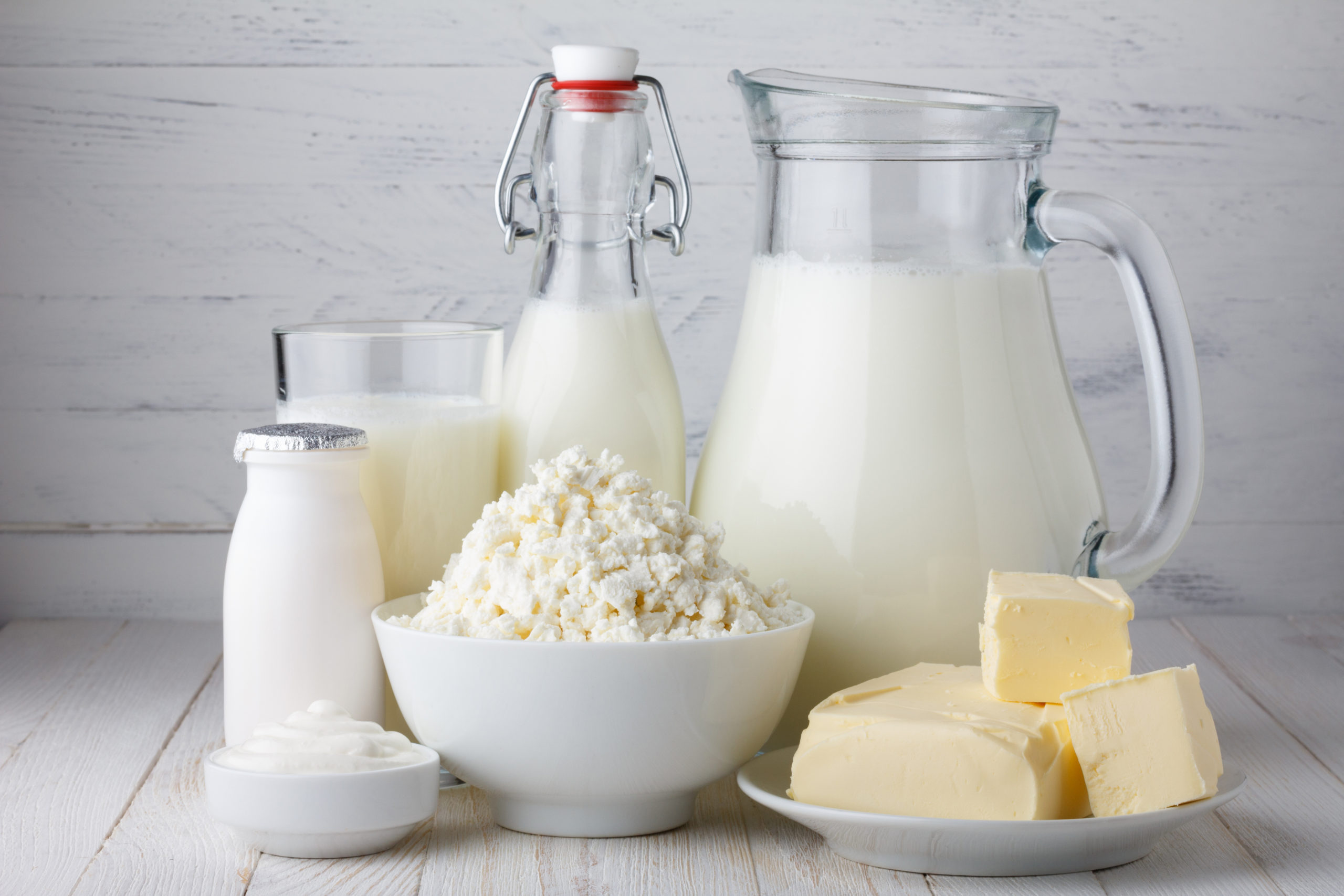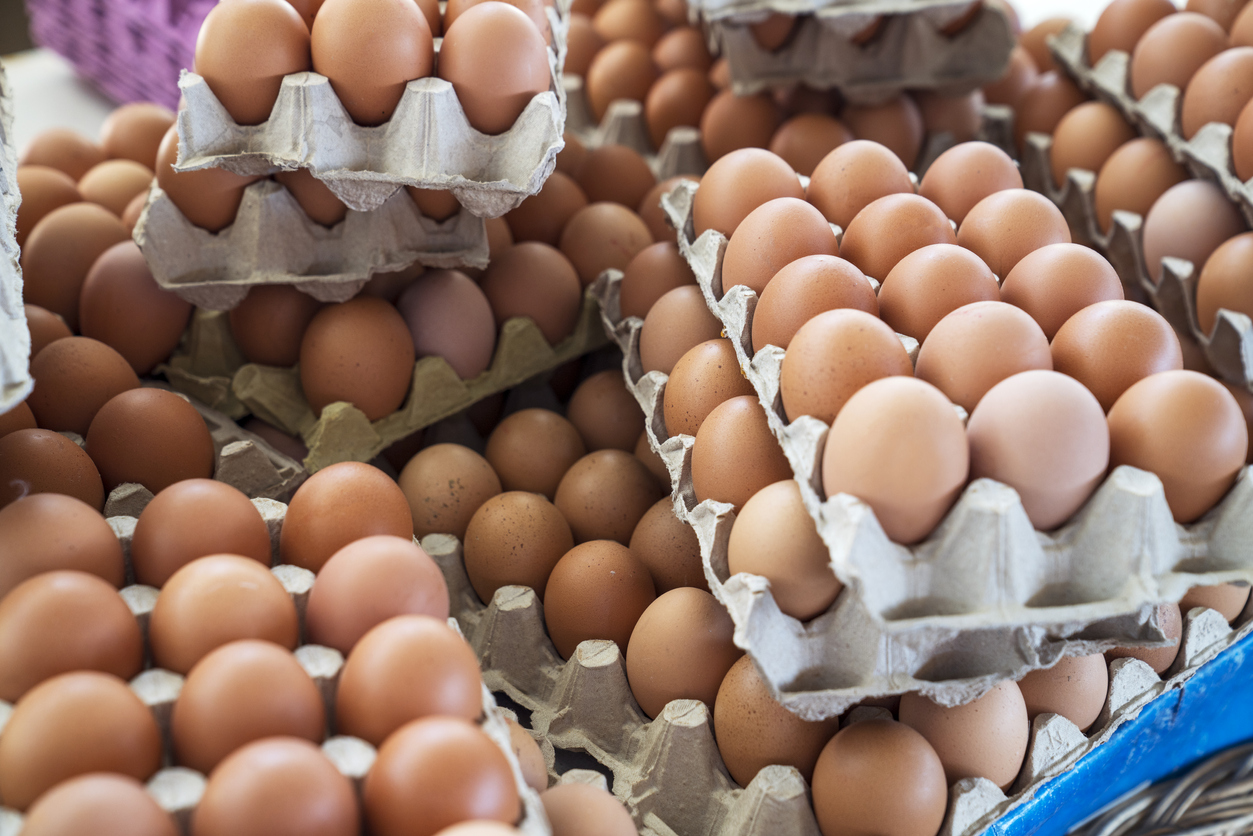Bread is something nearly everyone eats and it is a very common staple item in many meals. From sandwiches to French toast and croutons, there are a million uses for bread, but do you really know your breads? We’ve put together a list of everything you need to know about bread to ensure you choose the right type for your needs.
Sandwich Breads in All Their Forms
Sandwich breads come in such a range of types and styles that they can easily be added to their own article. However, we’ll attempt to cover them here. Essentially, these are breads that are formed in a long, traditional bread loaf shape and sliced into uniform pieces to give you slices that work ideally for sandwiches. However, not all sandwich breads are made alike.
White
Regular white bread is made from refined and highly processed wheat flour, which contains minimal nutrients, since most of the wheat kernel was stripped away. These breads are soft and slightly sweet and they taste amazing with spreads such as butter, jam, or chocolate spread. White bread is often the go-to for young children, as it’s fairly plain and inoffensive. This makes it a good choice for people who are sick, too.
Wholemeal
Also known as whole grain, this is bread made with the entire wheat kernel, ground into flour. However, this can provide a very dense loaf, so you may find that the bread you buy that is wholemeal is actually wholemeal flour mixed with white flour to allow for some fluffiness. If this matters to you for nutritional reasons, you should ask about the way the bread is made. However, in most cases, it tastes great, with a nuttier flavour than white bread. It’s usually used in the same ways as white bread.
Granary
Do you enjoy your bread on the chewier side? Granary bread is a standard brown bread that is made not only with a mixture of wholemeal and white flours, it also includes cracked malted barley and wheat. This adds quite a lot of nutrition and some wonderful flavour that is difficult to find elsewhere. The bits of barley and wheat also provide some extra texture and heft to the bread, so it is particularly useful in hearty sandwiches or served with soup.
Wheatgerm
While it may sound like wholemeal bread, this bread is actually made with white flour, but has some wheat germ or the wheat embryo in the centre of the seed. It provides a variety of nutrients, including folate, magnesium, zinc, phosphorus, and thiamine. It has been shown to help with plenty of health issues, too, since it is a dietary fibre that will help improve bowel health.
Seeded
Again, for those who enjoy some texture in their bread, seeded loaves are strewn with assorted seeds which generally depend on the manufacturer. These may include chia, sesame, sunflower, and flax seeds, among others. The added seeds provide more nutrition and a touch of extra protein to the bread. It also enhances the flavour and makes it more likely to disappear if not eaten immediately.
Harvest
This means different things to different manufacturers, but overall, the harvest bread includes nuts and fruits in a single, delicious sandwich bread. However, it’s not ideal for savoury sandwiches and is often best with a swipe of fresh butter. The sweetness of the fruits may make it best for snacking, rather than actually turning it into a meal. However, when cut into fingers and toasted, you have no better pick-me-up after school or a sports match.
Malted
Made with white flour, malted bread gets its name from the malt powder and grains that are used in the bread. It is rather healthy for you and offers excellent flavours. It’s a good source of health carbs that will give you a boost after a long day.
These are the main sandwich breads that you can purchase and use to create simple or elaborate sandwiches and toasties.
Dinner Rolls and Their Purpose
Rolls are sometimes called buns and are fluffy rounds of bread that can be eaten with a meal. They’re usually a little sweeter than other breads, but may be wholemeal or white. They can also have other things added to them, but mostly, they are plain.
Rolls are often served with dinner. They may be opened and spread with a little butter, dipped in soup or used to mop up the last of a sauce on your dinner plate. Overall, the purpose of the average dinner roll is varied and wonderful. It’s also useful for stretching a meagre meal into something more filling.
How to Use Flatbreads
Flatbreads are found rather easily these days and are a good alternative to sandwich breads. They have several uses. Most are unleavened, so they do not contain yeast. They rely on moisture to puff up a little and this can form pockets inside. When cut in half, these flatbreads form half circle containers for your meal.
You can spoon any filling into the flatbread pocket for a lighter alternative to a sandwich. In this case, spread your cheese or yoghurt on the flatbread and add your fillings and seasonings. You may then fold the bread in half like a sandwich or roll it around the fillings, depending on your preferred style.
“Fancy” Breads for More Elegant Uses
What about the more exciting bread options, such as croissants and brioche or challah? Many of these breads have, like flatbreads, been imported from other countries and they are elegant and delicious. However, they do tend to require much more work to make, so they’re less likely to be found in a large bakery. Also, these types of bread are rather sensitive to time and environment, so you’ll need to eat them the same day they were made.
Quick Breads and Their Rise to Fame
Anything that uses baking powder or baking soda to rise instead of yeast is considered a quick bread. These also tend to use eggs instead of gluten to keep them stuck together, so they are quite different from risen or yeast breads.
Quick breads include the ever-popular banana bread, pumpkin bread, zucchini bread, lemon bread, etc. Muffins are also included in this mix. There are endless variations on these and it can be fun to try them all. These types of breads rarely are used for anything other than a sweet treat or dessert. You may wish to add some butter, but for most of them, you’ll find it’s easier to simply eat as is.
Gluten-Free Breads for Intolerances
Not everyone can handle gluten in their diet, so there are alternatives for them. If you are truly intolerant or allergic, it’s best to purchase from a company that works only with gluten free products, or you could end up with cross contamination.
These breads usually use eggs for fluffiness and binding, while incorporating alternative flours into the bread. They may include almond flour, rice flour, or coconut flour, among many others.
With so many breads to choose from, how can you determine what is best? It really comes down to what you want to use the bread for. Of course, if you intend to use fillings in a traditional manner, sandwich bread works well. For those with an interest in something new and different, try flatbreads or something fancier. You won’t be disappointed.
Bread is a staple part of diets across the world, with different cultures enjoying it in a wide variety of ways and formulations. If you’re looking for delicious, quality breads in the UK, look no further than Freshways. We stock a vast array of bakery, dairy, and juice products that are sure to live up to your expectations. Contact us today to find out more.


